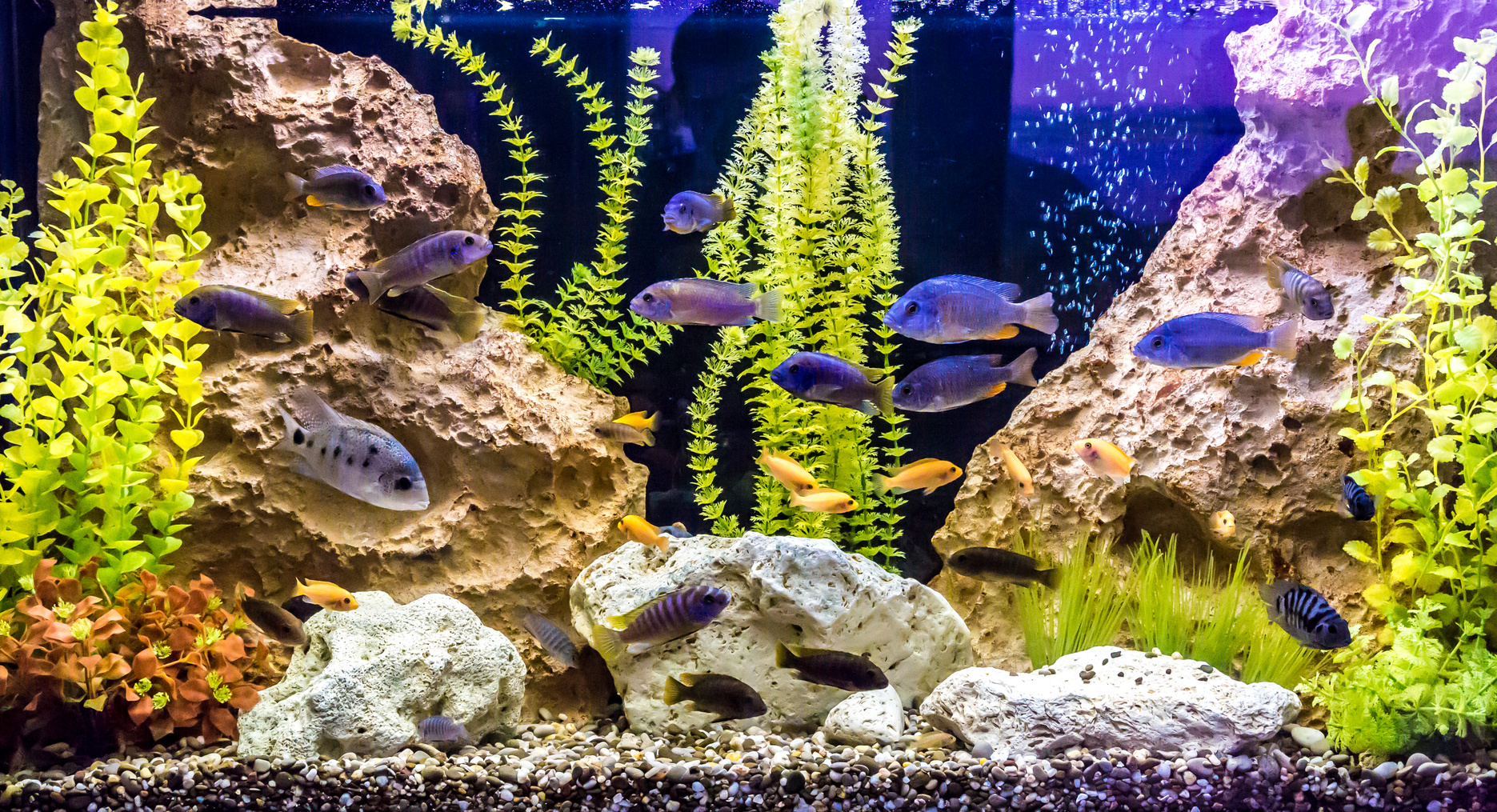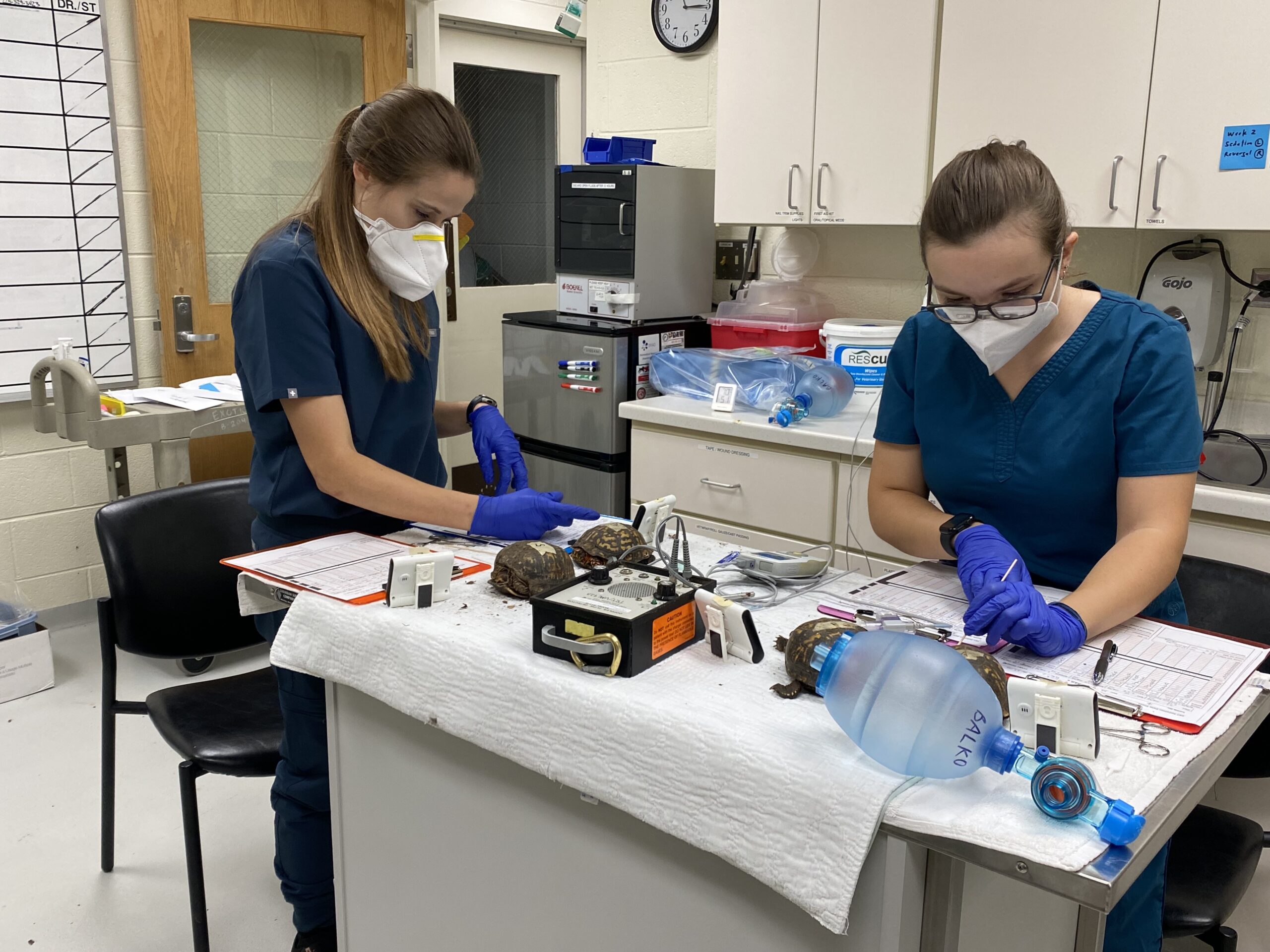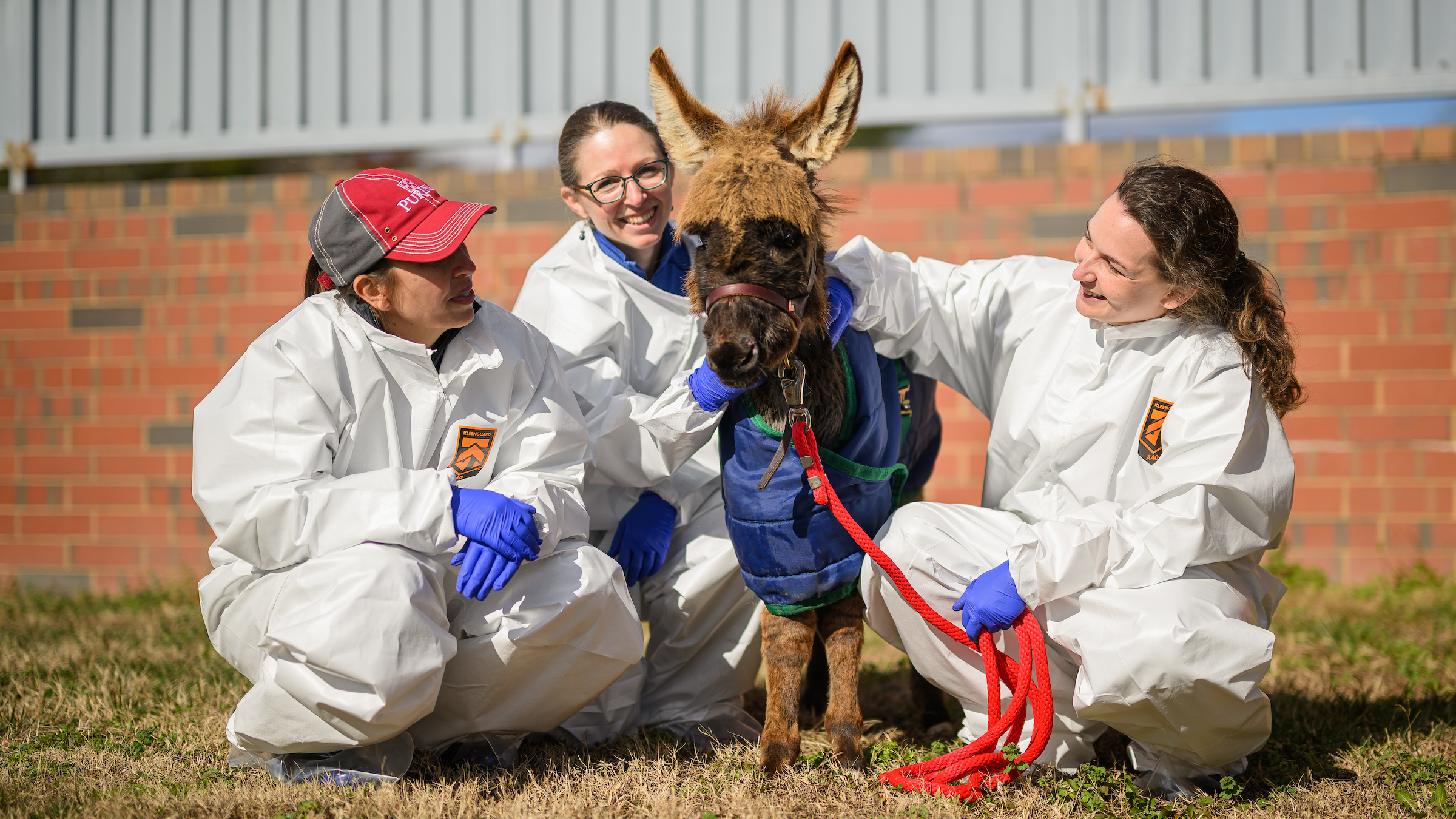Dealing With Aquariums and Ponds During Power Outages

In December 2002, Gregory Lewbart was awakened by fiery transformers and tree branches breaking apart during the Raleigh ice storm.
To the professor of aquatic, wildlife and zoologic medicine at the North Carolina State University College of Medicine (CVM), that experience reinforced the importance of a plan for pet fish when the electricity goes out. The devastation of Hurricane Matthew in many areas of North Carolina has created similar challenges.
There are some basic guidelines for dealing with aquariums and ponds during a power outage, says Lewbart.
“Much of the information below applies to power outages regardless of the cause,” says Lewbart, who specializes in invertebrates, fish, amphibians and reptiles. “While this focuses on temperate pond and aquarium species like goldfish and koi, the basic principles apply for many species.”
General guidelines
- Food: Do not feed your fish during a power outage. In warmer months, eating and digesting will use valuable oxygen. In winter, your fish is likely to have plenty of oxygen, but with a slow metabolism it will probably be uninterested in food. Uneaten food will only pollute the aquarium or pond with unnecessary nitrogen. Most fish can survive days or even weeks without food.
- Temperature: During winter, insulate your aquarium with a blanket, sleeping bag or newspapers. During summer, remove anything from the water’s surface to increase the area for gas-exchange efficiency. Monitor the water temperature with an aquarium thermometer. Most tropical fish can tolerate temperatures even in the low 60s or even high 50s for several hours. Once temperatures dip to the mid-50s elevate the temperature using the following options:
- Use an alternate power supply to run the heater and pump/filter. This could be a generator or creatively used extension cord to a power source.
- Use an alternate or safe external heat source such as propane or kerosene heaters.
- Move the fish to a warmer location; heavy-duty Ziplock bags work well. Fill the bag with one-third water and two-thirds air (pure oxygen is even better than air). If the external temperature is adequate, sparsely packed fish (five inches of fish per gallon) should survive for at least 36 hours. Alternate options for transportation: a bucket, tub or large jar.
- Moving the aquarium is an option, though challenging. To make the move easier, up to 70 percent of the water may be discarded (a gallon of water weighs 8 pounds).
- If the water gets too warm, minimize or eliminate exposure to direct sunlight. Usually, tropical and temperate fish tolerate water temperatures in the high 80s or low 90s for a day or more. But prolonged exposure to such high temperatures leads to dissolved oxygen, which can be elevated by stirring water with a whisk to elevate oxygen levels.
- If fish cannot be moved and the water temperature gets too low, add warm dechlorinated water to the aquarium. Use a thermometer to gauge temperature changes. A 10 percent water temperature change every hour or two should not endanger fish.
- Temperate species should be fine without changing the environment. If a power outage persists and a pond’s surface freezes over, ice can be broken to form an air hole.
- An absolute last resort: mixing fish from one aquarium or pond with fish from another aquatic system. This greatly increases the risk of spreading infectious viral, bacterial, fungal and parasitic diseases (and could also lead to aggression between the animals).
- Water quality: The longer fish remain in unfiltered water the worse the water quality. Test for elevated ammonia levels. If levels increase above 1 ppm (parts per million) then water changes (10 to 30 percent) are recommended.
- Lighting: This is the least of your worries. Ornamental fish survive indefinitely without fluorescent or supplemental lighting. More concern is with tropical reef aquariums where live sponges and coral are maintained. Many of these invertebrate species reply on bright light and the symbiotic organisms the light supports.
Supply checklist:
- Ziplock bags (various sizes)
- A net (herding fish into a plastic bag using a net is a much safer way to capture fish than using a net on its own. Nets can damage the protective mucus layer and sensitive epidermis).
- Thermometer(s)
- Propane or kerosene heater
- Bucket(s)
- Dechlorinating agent
- Spare aquarium heater
- Rubber bands (to close bags in case Ziplocks are unavailable)
- Phone number of nearest pet store
~Jordan Bartel/NC State Veterinary Medicine
- Categories:


